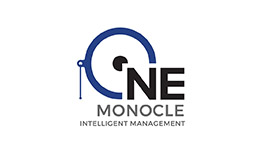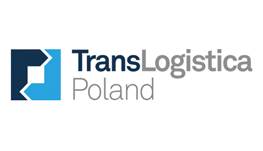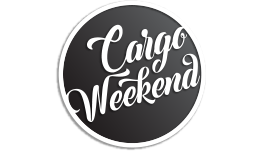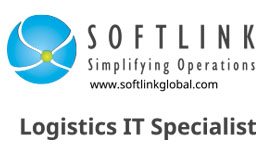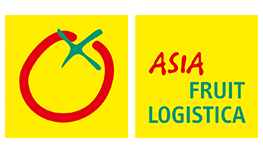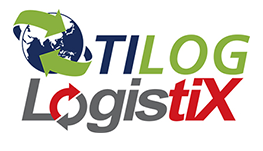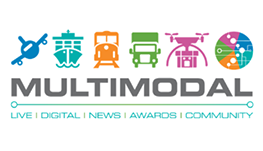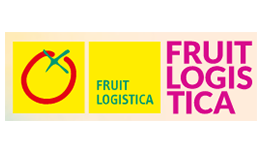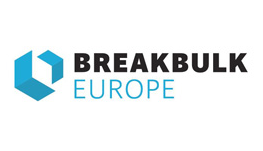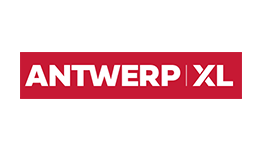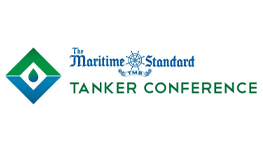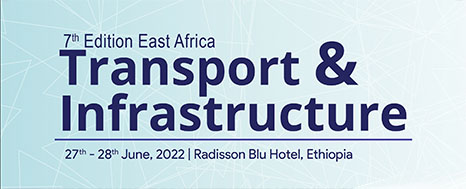Augmented Reality
Most, if not all people have heard of Google Glass, whether it is through the actual product or the oft used terms of “glasshole†or “Glass Evangelist.†There are other augmented reality products entering the market, however it’s safe to say that Google Glass is the most well known augmented reality device on the market today, even with its’ $1500 price tag.
For those in the logistics field, augmented reality might soon become reality. Recently, DHL conducted a study and found that augmented reality devices could prove beneficial to different areas of the supply chain. Specific areas that were highlighted were warehouses, for delivery en route to final destination, and for value added services.The implementation of augmented reality for logistics isn’t limited to only Google’s new product. It also includes windshield augmentation as well as other methods, according to a representative of DHL, “Recent headlines such as heads-up displays on windshields or use of Augmented Reality for vehicle repairs from the automotive sector show how rapidly this technology is developing and finding its way into industries outside of the IT sector.â€
The report explains recent trends and also includes some learned best practices for use with the emerging trend of augmented reality products and how they can integrated into logistics and supply chain management through a look at how the technology has been used in other industries.
This specific report identifies 11 unique uses for augmented reality in logistics operations. Some specific aspects of improvement that are cited include warehouse picking improvements by providing information to warehouse employees for faster selection.
The same report identifies potential improvements in the area of transportation. Specifically, the report cites the potential benefits of vehicles with augmented windshields that display traffic data and other alerts as well information such as cargo temperature with the aim of minimizing driver distraction as they will not necessarily be required to look away from the road at other gauges and information sources. It also proposes wearables for hub staff to expedite processes by quickly identifying critical information such as weight, destination, and contents.
It’s likely a little too early to expect augmented reality to become an all encompassing reality in the logistics industry. However, the fact that companies are investigating the benefits of augmented reality into the daily routine of the business is an interesting step towards increased efficiency and lead to quicker shipment times between origin and destination due to lower processing times through hubs.
What do you think of augmented reality? Do you think it will be soon to enter daily reality in logistics? Send your thoughts to shane@x2elite.com.
Member Testimonials
Our Partners
X2 Conference
Our special networking event is about smart freight forwarders coming together to grow and develop business within the group by providing an opportunity for all members to gather in one place to form and extend personal relationships.
- 1
- 2
- 3
- 4
- 5
- 6
- 7
- 8
- 9
- 10
- 11
- 12

NEW YORK
- 1
- 2
- 3
- 4
- 5
- 6
- 7
- 8
- 9
- 10
- 11
- 12

sao paulo
- 1
- 2
- 3
- 4
- 5
- 6
- 7
- 8
- 9
- 10
- 11
- 12

london
- 1
- 2
- 3
- 4
- 5
- 6
- 7
- 8
- 9
- 10
- 11
- 12

dubai
- 1
- 2
- 3
- 4
- 5
- 6
- 7
- 8
- 9
- 10
- 11
- 12

bangkok
- 1
- 2
- 3
- 4
- 5
- 6
- 7
- 8
- 9
- 10
- 11
- 12

hong kong
- 1
- 2
- 3
- 4
- 5
- 6
- 7
- 8
- 9
- 10
- 11
- 12

tokyo
- 1
- 2
- 3
- 4
- 5
- 6
- 7
- 8
- 9
- 10
- 11
- 12

sydney
Book a Discovery Call with our Network Development Managers
Got questions or want to explore new opportunities within our networks? Schedule a one on one meeting with our Network Development Managers.


























.jpg)







